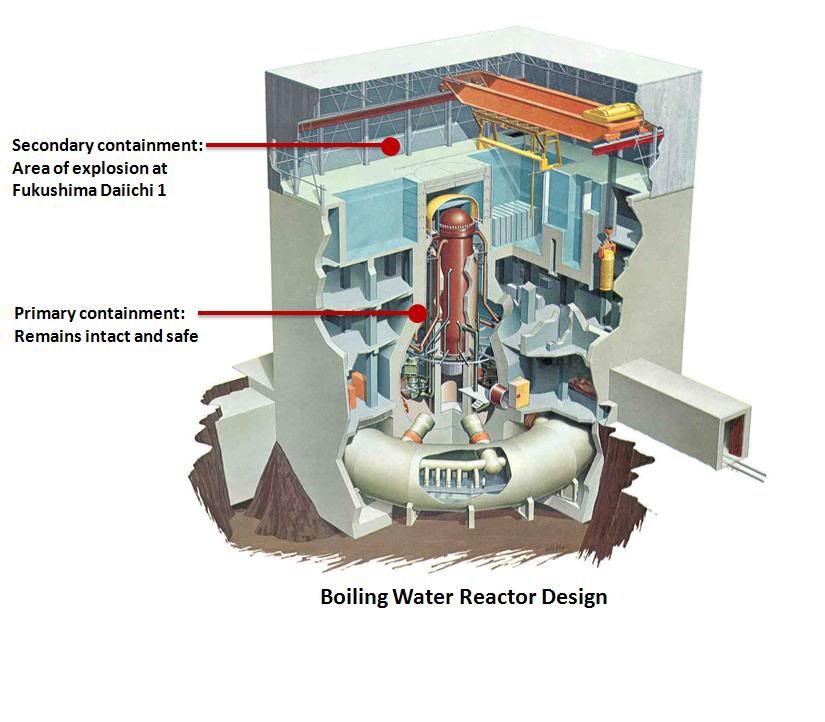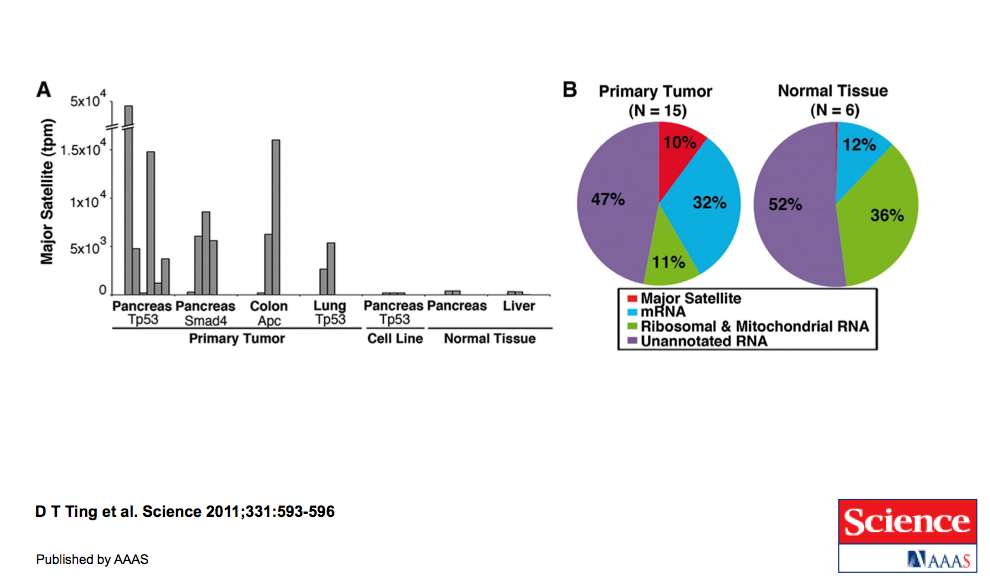Immune cells and lupus pathogenesis
We discuss the pathogenesis of cancer quite a bit on this blog, but today I wanted to take a look at immune disorders, specifically, systemic lupus erythematosus (SLE) or lupus for short.
Lupus is an autoimmune disease characterised by often widespread multi-organ inflammation, although the skin, kidney, and joints are often affected. The main reason behind this phenomenon is the inability of the immune system to discriminate between self-antigens and foreign ones.
Historically, the immune component of the disease has resulted in use of immunosuppressants to try and tamp down the inflammatory cascade, but these can have severe side effects in what is essentially a chronic condition. Three papers have appeared in Science Translational Medicine this month suggesting the possibility of new combination strategies that target specific aspects of SLE pathogenesis (see references).
In his commentary on the papers, Craft noted that two of the papers address one of the key questions that has been baffling sciences for decades:
“What are the steps that lead to neutrophil activation in SLE, what are the consequences of this activation, and how do these physiological consequences further inform us about self-antigen–driven autoreactivity in SLE?”
Lande et al., (2011) and Garcia-Romo et al., (2011) both found that:
“Neutrophils from patients with SLE are activated by IFN-α, with release of neutrophil extracellular traps (NETs) that contain unwound DNA, and antimicrobial peptides.”
Taken together, the two groups make a compelling case for an important role of neutrophils in triggering interferon-alpha (IFN-a) production in lupus pathogenesis and inflammation. Garcia-Romo and colleagues research went further, finding that lupus generated neutrophils died upon exposure to anti-ribonucleoprotein antibodies, suggesting a potential clinical intervention strategy.
Duffau et al., (2011) took a different approach to the underlying biology of the disease. They looked at CD154, which has also been shown to critical given the modest success with some patients treated with a CD154 antibody, leading to a reduction in disease activity. They found that in vitro, activated platelets enhanced IFN-a secretion by immune complex–stimulated plasmacytoid dendritic cells through a CD154-CD40 interaction.
The researchers concluded that:
“These data identify platelet activation as an important contributor to SLE pathogenesis and suggest that this process and its sequelae may provide a new therapeutic target.”
Clinical Progress
Recently, the FDA approved Human Genome Sciences monoclonal antibody, belimumab (Benlysta), for the treatment of lupus. Belimumab is interesting because it blocks the binding of soluble BLyS, a B-cell survival factor, to its receptors on B cells. The drug does not bind B cells directly, but by binding BLyS, it inhibits the survival of B cells, including autoreactive B cells, and reduces the differentiation of B cells into immunoglobulin-producing plasma cells.
This new therapy is given as a intravenous infusion over one hour. The recommended dosage regimen is 10 mg/kg at 2-week intervals for the first 3 doses and at 4-week intervals thereafter for maintenance treatment.
In the controlled clinical trials, the overall incidence of infections was 71% in patients treated with belimumab compared with 67% in patients who received placebo. The most frequent infections (>5% of patients receiving belimumab) were upper respiratory tract infection, urinary tract infection, nasopharyngitis, sinusitis, bronchitis, and influenza. However, when looking at serious infections, they occurred in 6.0% of patients treated with belimumab and in 5.2% of patients who received placebo, which is quite comparable.
Benlysta is being co-marketed with GSK in the US and it will be interesting to see how well the therapy does, given that is immunosuppressive and not recommended for patients with chronic infections.
In the long run, however, it will also be interesting to see whether the field advances with new developments in the pipeline as a result of the three papers discussed in this post. Clinical trials have mostly yielded disappointing results so far, but it is possible that with a better understanding of the precise immune cascade and sequelae, we may be able to devise better combination and sequencing strategies that benefit lupus patients in the near future.
References:
![]() Craft, J. (2011). Dissecting the Immune Cell Mayhem That Drives Lupus Pathogenesis Science Translational Medicine, 3 (73), 73-73 DOI: 10.1126/scitranslmed.3002138
Craft, J. (2011). Dissecting the Immune Cell Mayhem That Drives Lupus Pathogenesis Science Translational Medicine, 3 (73), 73-73 DOI: 10.1126/scitranslmed.3002138
Lande, R., Ganguly, D., Facchinetti, V., Frasca, L., Conrad, C., Gregorio, J., Meller, S., Chamilos, G., Sebasigari, R., Riccieri, V., Bassett, R., Amuro, H., Fukuhara, S., Ito, T., Liu, Y., & Gilliet, M. (2011). Neutrophils Activate Plasmacytoid Dendritic Cells by Releasing Self-DNA-Peptide Complexes in Systemic Lupus Erythematosus Science Translational Medicine, 3 (73), 73-73 DOI: 10.1126/scitranslmed.3001180
Garcia-Romo, G., Caielli, S., Vega, B., Connolly, J., Allantaz, F., Xu, Z., Punaro, M., Baisch, J., Guiducci, C., Coffman, R., Barrat, F., Banchereau, J., & Pascual, V. (2011). Netting Neutrophils Are Major Inducers of Type I IFN Production in Pediatric Systemic Lupus Erythematosus Science Translational Medicine, 3 (73), 73-73 DOI: 10.1126/scitranslmed.3001201
Duffau, P., Seneschal, J., Nicco, C., Richez, C., Lazaro, E., Douchet, I., Bordes, C., Viallard, J., Goulvestre, C., Pellegrin, J., Weil, B., Moreau, J., Batteux, F., & Blanco, P. (2010). Platelet CD154 Potentiates Interferon- Secretion by Plasmacytoid Dendritic Cells in Systemic Lupus Erythematosus Science Translational Medicine, 2 (47), 47-47 DOI: 10.1126/scitranslmed.3001001






